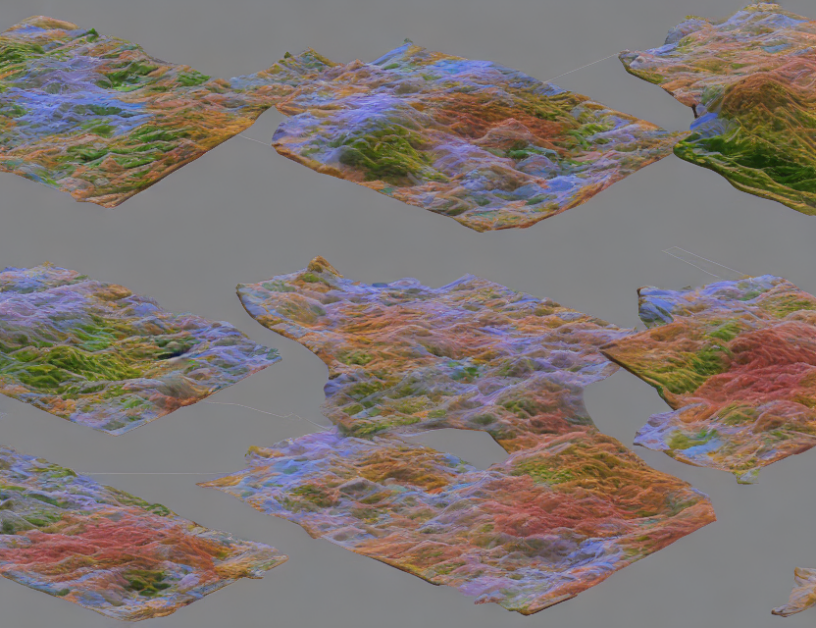In this article, the authors propose a novel method for text-to-image synthesis using a vector quantized diffusion model. The approach leverages the idea of embedding text into an image and then using a diffusion process to generate the final image. The key innovation lies in the use of vector quantization, which allows for efficient and flexible generation of images with different styles and layouts.
To understand how this works, let’s first define some terms:
- Embedding: A way of representing text or other data into a numerical format that can be used by machine learning models.
- Diffusion: A process where an image is generated through a series of iterative transformations that gradually refine the output.
- Self-attention: A mechanism that allows the model to focus on specific parts of the input when generating the output.
The authors propose using vector quantization to improve the efficiency and flexibility of the diffusion process. They do this by representing the embedding of the text as a set of discrete vectors, which are then used to generate the final image. This allows for fast generation of images with different styles and layouts, as the discrete vectors can be easily combined and manipulated to create the desired output.
The authors demonstrate the effectiveness of their approach through several experiments, where they show that their method outperforms existing state-of-the-art methods in terms of both quality and efficiency. They also demonstrate how their method can be used to generate images with different styles and layouts, such as a text at the bottom of an image, a product in the middle, or a text at the top.
In summary, this article proposes a novel approach for text-to-image synthesis using vector quantized diffusion models. The method leverages the idea of embedding text into an image and then using a diffusion process to generate the final image, but with the added efficiency and flexibility of vector quantization. The authors demonstrate the effectiveness of their approach through several experiments and show how it can be used to generate images with different styles and layouts.



